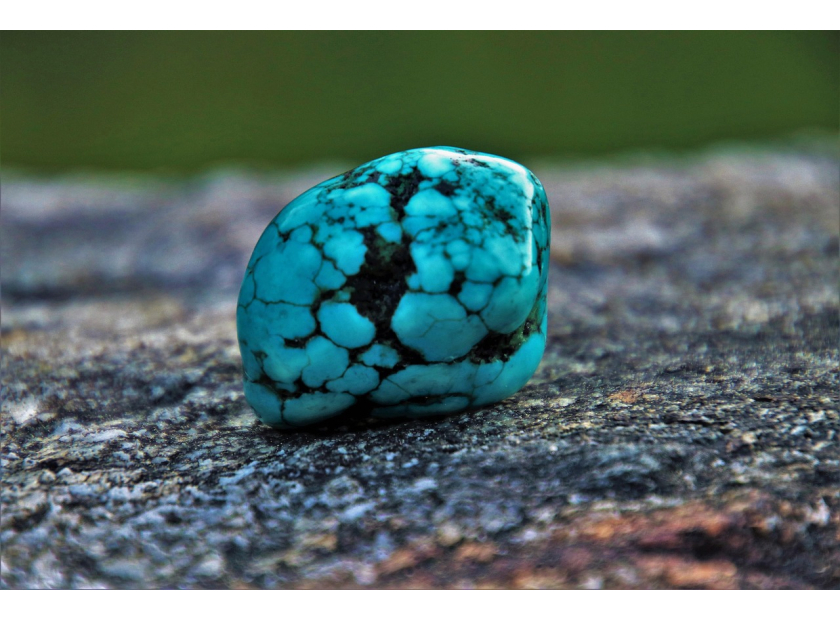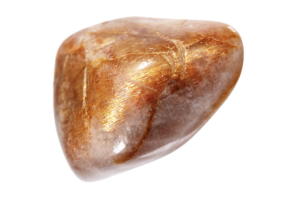USD
/
USD
/
Shipping to:
Currency:
Turquoise vs Howlite: Key Differences, Identification & Buying Tips
Turquoise and howlite are two gemstones that are often confused because of their similar appearance.
However, they are completely different minerals with unique properties, values, and uses.
Knowing how to distinguish between the two is essential for jewelry lovers, collectors, and anyone shopping for genuine gemstones.
Understanding Turquoise
Origins and Formation
Turquoise is a rare and valuable mineral that forms when water flows through rocks containing copper, aluminum, and phosphorus.
This process creates the beautiful blue to green shades that turquoise is known for.
Major sources of turquoise include Iran, the southwestern United States, and China.
Physical Characteristics
Turquoise typically ranges in color from sky blue to greenish-blue and often features matrix or veining patterns.
It rates between 5 and 6 on the Mohs scale of hardness, which makes it fairly durable for everyday wear, although it can still scratch.
Uses and Significance
Turquoise has been used for thousands of years in jewelry and spiritual practices.
It's especially popular in Native American and Middle Eastern cultures.
Turquoise value depends on its color saturation, matrix pattern, and overall quality.
If you’re exploring gemstone options for engagement rings, check out gemstone engagement rings.
Exploring Howlite
Origins and Formation
Howlite was first discovered in Nova Scotia in the late 1800s.
It's a borate mineral that typically forms in sedimentary rock and appears in irregular white nodules with gray or black veins.
Physical Characteristics
Howlite is naturally white with a marble-like appearance due to its veining.
It’s a relatively soft stone, with a Mohs hardness of about 3.5, making it more vulnerable to scratches than turquoise.
Common Applications
Because howlite is porous, it absorbs dyes easily.
This makes it a popular and inexpensive material for creating turquoise look-alikes.
Despite being often used as an imitation, howlite has value in its natural form and is appreciated for its calming energy in metaphysical practices.
Looking for something unique? Explore non-traditional engagement rings.
Distinguishing Between Turquoise and Howlite
Color and Appearance
Genuine turquoise comes in shades of blue and green, while natural howlite is white or light gray with gray to black veining.
Dyed howlite may look similar to turquoise, but the color can appear overly even or artificial.
Hardness and Durability
Turquoise is harder and more suitable for rings and daily-wear pieces.
Howlite, being softer, is better suited for pieces with less wear or for decorative use.
Value and Market Perception
Turquoise is more valuable due to its rarity and cultural significance.
Dyed howlite is far more affordable and typically used as a budget-friendly alternative.
To help with your decision, read about lab-grown diamonds vs gemstones.
Identifying Genuine Turquoise
Visual Inspection
Natural turquoise often has slight inconsistencies in color and distinctive veining.
Dyed howlite tends to look too perfect, with uniform coloring and unnatural patterns.
Conducting Simple Tests
Acetone Test: Apply a bit of nail polish remover to a cotton swab and gently rub the surface of the stone. If dye comes off, it’s likely dyed howlite.
Hardness Test: Try scratching the surface lightly with a tool or mineral of known hardness. Real turquoise is tougher than howlite.
Seeking Professional Evaluation
If you’re unsure, consult a certified gemologist who can run tests to determine the stone’s authenticity.
Want to understand more about how gems are formed? Learn about gemstone and diamond formation.
Addressing Common Misconceptions
The Prevalence of Dyed Howlite
Many jewelry pieces labeled as turquoise are actually dyed howlite.
This widespread practice makes it crucial to buy from trusted retailers and ask questions about authenticity.
Ethical Shopping Tips
Sellers should be transparent about whether a gemstone is natural, dyed, or imitation.
Mislabeling howlite as turquoise is unethical and can mislead buyers.
If you're shopping for authentic gemstone jewelry, check out the range of gemstone rings.
Frequently Asked Questions
Is howlite the same as turquoise?
No. They are completely different minerals. Howlite is white and often dyed to look like turquoise, but their composition and hardness are different.
Is dyed howlite considered fake?
Dyed howlite isn’t fake as long as it’s marketed honestly. It’s only a problem when it’s sold as genuine turquoise without proper labeling.
How can I tell if a stone is real turquoise?
Look for natural color variation, matrix patterns, and hardness. You can also try a simple acetone test or consult a gemologist.
Why is turquoise more expensive than howlite?
Turquoise is rarer and more culturally significant, which makes it more valuable than howlite—even though they can look similar when dyed.
Is natural howlite worth anything?
Yes, natural howlite has its own value, especially in metaphysical use and as a decorative stone. It’s also used in jewelry where a white or marbled look is desired.








